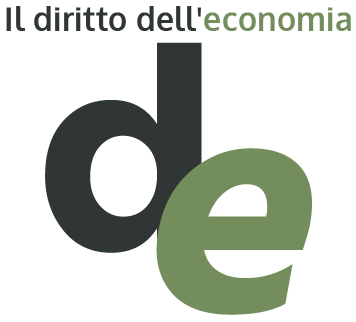Enea Franza – Dottore commercialista, Revisore legale e Dirigente Consob – (enea.franza@alice.it)
SOMMARIO
1. Le novità della Mifid II.
2. La product intervention ed il legame con la product governance.
3. Il recepimento nella normativa nazionale: il decreto legislativo 3 agosto 2017, n. 129.
La Mifid II rappresenta davvero un significativo passo in avanti in termini di tutela del risparmio rispetto alla Mifid I? Il lavoro cerca di rispondere a tale apparentemente semplice domanda. Se lo scopo dichiarato della Mifid e del regolamento MiFIR è la modifica della precedente disciplina per arginare i rischi derivanti da un mercato sempre più diversificato e complesso resta, tuttavia, aperto il dibattito di se i provvedimenti adottati riusciranno effettivamente ad incidere e, soprattutto, se la product intervention, vero perno attorno a cui ruota il sistema dei controlli, possa essere efficace in un mercato finanziario dominato da imprese sempre più capaci di modificare le strategie societarie a proprio vantaggio, realizzando, all’uopo, opportune fusioni transnazionali, la frammentazione degli stadi di
produzione e la diffusione di reti anche su paesi extra UE.
Does Mifid II really represent a significant step forward in terms of protecting savings compared to Mifid I? The work tries to answer this apparently simple question. If the declared purpose of the MiFID and of the MiFIR regulation is the modification of the previous discipline in order to contain the risks deriving from an increasingly diversified and complex market, the question still remains, however, of whether the measures adopted will actually be applied and, above all, whether product intervention – the true pivot around which the control system revolves – is effective in a financial market dominated by companies increasingly capable of modifying corporate strategies to their own advantage, to this end carrying out beneficial transnational mergers, the fragmentation of production stages and the spread of networks even to countries outside the EU.



